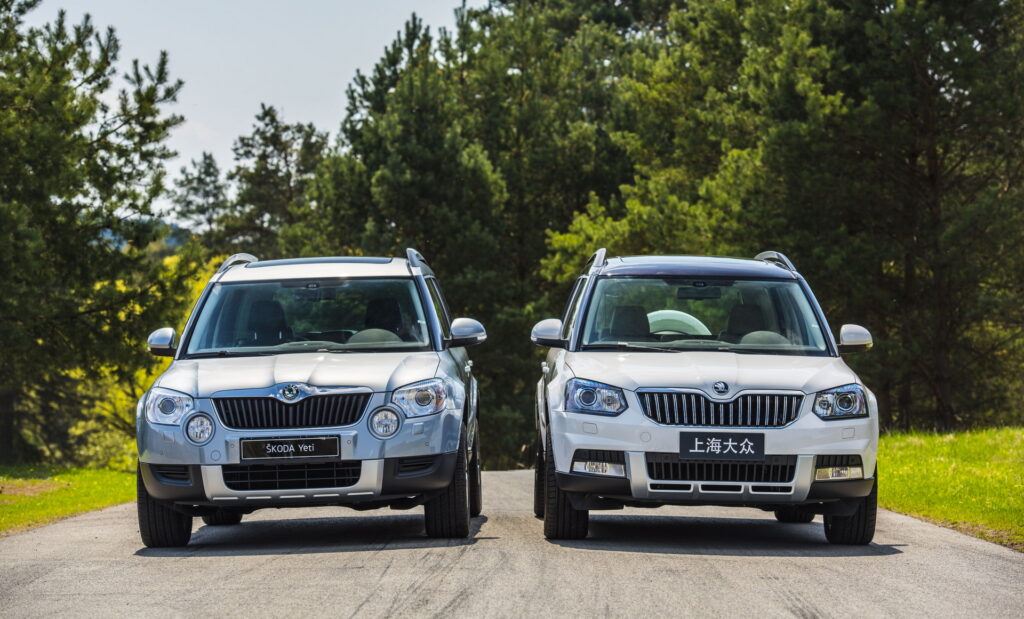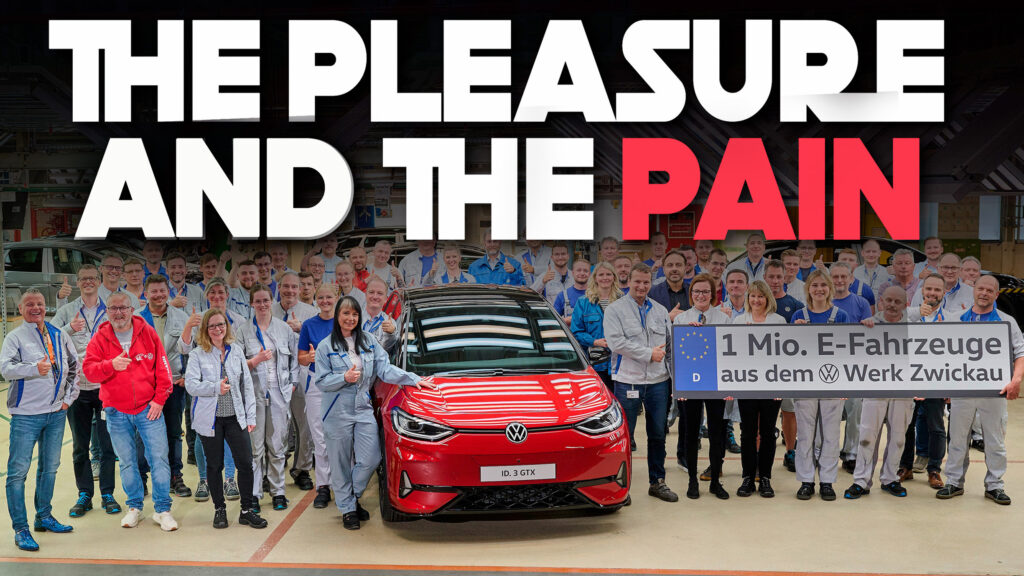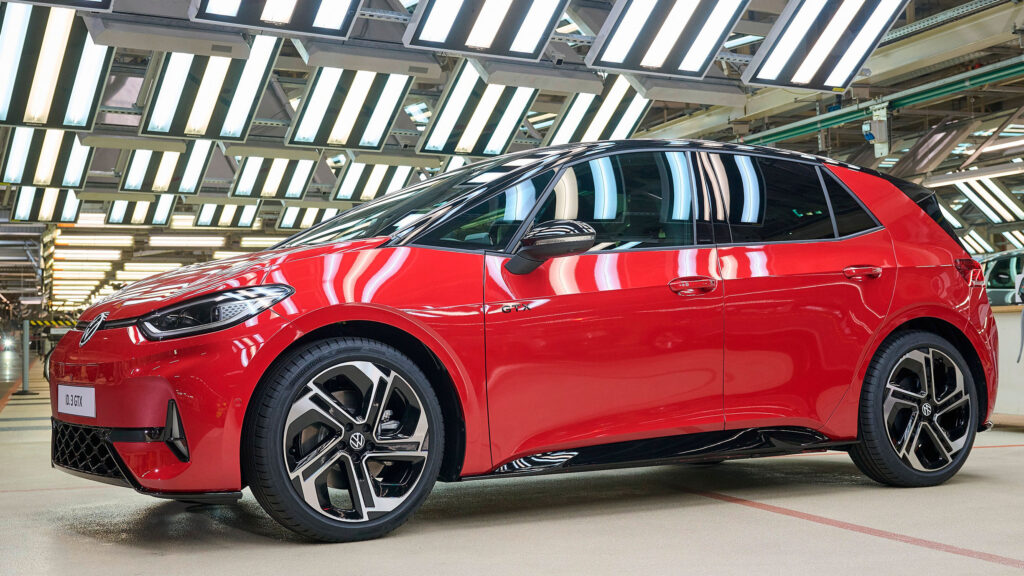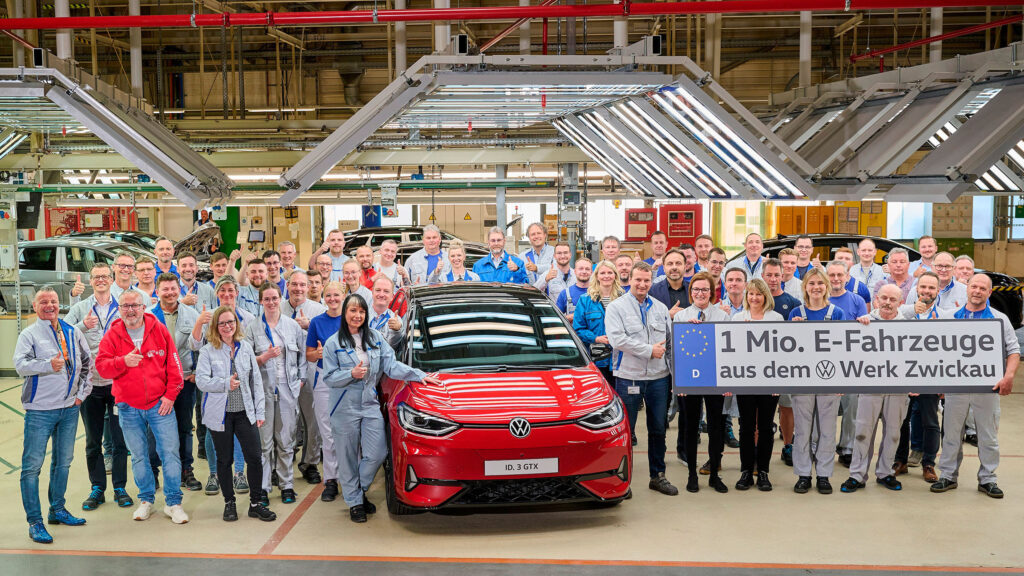Skoda’s Electric Wagon Prepares To Shake Up SUV-Obsessed Market

- Skoda will unveil a new wagon concept with a fully electric powertrain this September.
- It will serve as a preview for an Octavia Combi EV, which is expected later in the decade.
- The production model will reportedly ride on VW Group’s upcoming SSP architecture.
Wagons may no longer be the default choice for families, but they’re far from forgotten. Skoda remains one of the few manufacturers still committed to the practical, low-slung appeal of the estate format, and it’s about to offer a glimpse of what’s next. At this September’s Munich Auto Show, the company will unveil an electric concept version of the next-gen Octavia Combi.
More: Your Insane Appetite For SUVs Is Killing Skoda’s Dreams Of Fun Sports Cars, But There’s Hope
The upcoming EV was first previewed in 2023 as a “spacious” electric estate, targeting families and business users. It’s expected to measure around 4.7 meters (185 inches) in length. At the time, Skoda also released renderings of a sculpture, hinting at the styling, featuring sharp lines, large wheels, and a sporty wagon silhouette.
Originally scheduled for release in 2026, the new Combi’s launch has been pushed closer to the end of the decade. According to a report from Autocar, the electric wagon will be based on Volkswagen Group’s SSP architecture, the same platform that will underpin the next-generation Volkswagen Golf.
Despite the focus on electrification, the new model won’t directly replace the current Octavia. Skoda plans to continue offering its internal combustion engine lineup, with gasoline, diesel, mild-hybrid, and plug-in hybrid options for those not yet ready to switch to fully electric driving.
Strong Wagon Sales Keep ICE Alive
According to Auto News, the Octavia Combi remains Skoda’s best-selling model in Europe in 2025, even outperforming its hatchback counterpart. From January through May, the wagon version sold 81,353 units, despite a 21 percent drop compared to the same period last year.
The fourth generation of the Octavia was introduced in 2019 and received a mid-lifecycle update in 2024. Skoda will soon add a plug-in hybrid version to the facelifted lineup, giving more options to buyers. Given its continued popularity, it’s likely that the MQB-based Octavia will receive a second facelift before the end of the decade, keeping it in production well past 2030.
Skoda Sells More EVs In Europe Than Tesla
May proved to be a standout month for electric Skodas across Europe. The automaker delivered 14,290 electric vehicles, marking a 181 percent year-over-year increase. This was enough to surpass Tesla, placing Skoda second only to Volkswagen in EV sales for the month. Much of this growth is credited to the addition of the Elroq SUV, which joined the Enyaq and Enyaq Coupe in the brand’s electric lineup.
More: Skoda’s €25K Crossover Could Knock BMW Out Of Europe’s Top Three
Looking forward, Skoda has several more EVs in the pipeline. In 2026, the company plans to introduce the Epiq, a compact electric SUV built on the same platform as the VW ID.2 and Cupra Raval. Targeting a starting price of €25,000, the Epiq will serve as an EV alternative to the Fabia, Scala, and Kamiq models, which will remain available with combustion engines for the foreseeable future.
Also expected in 2026 is the production version of the Vision 7S concept, a larger electric SUV positioned above the Elroq and Enyaq. Once launched, it will sit alongside the ICE-powered Kodiaq in Skoda’s SUV portfolio.













